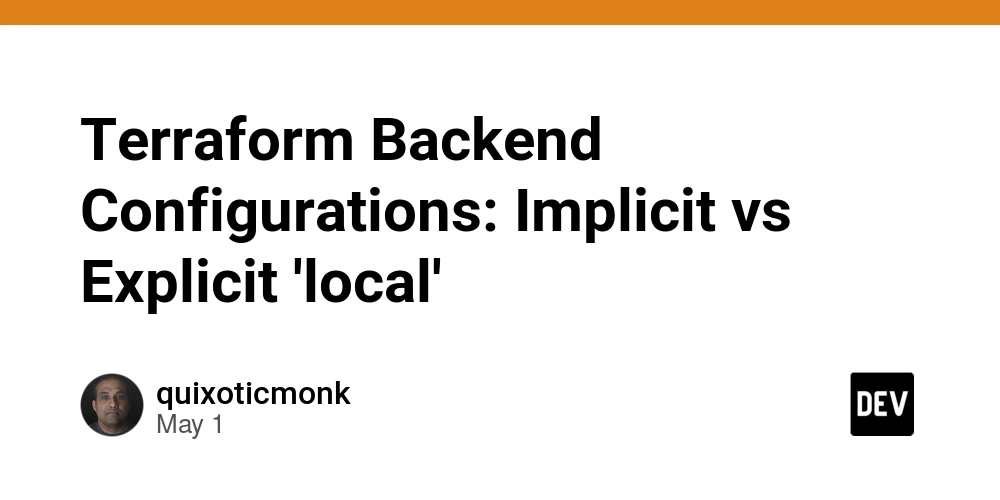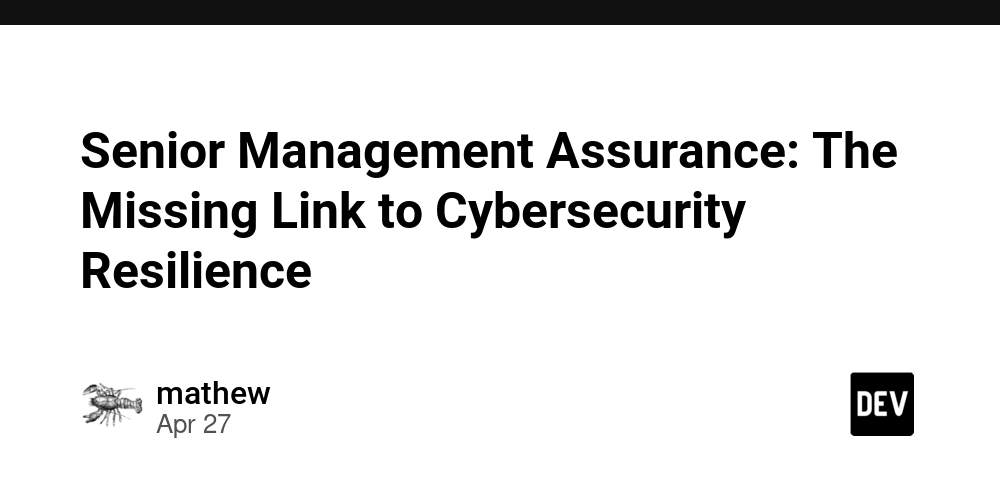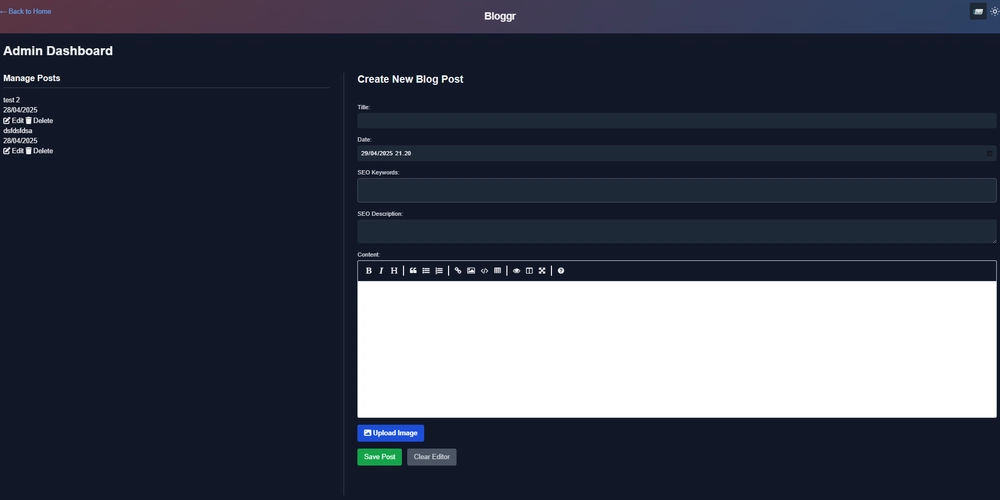Terraform Backend Configurations: Implicit vs Explicit 'local'
Introduction When working with Terraform, backend configuration is a critical aspect that determines how and where your state files are stored. I was under the impression that omitting a backend configuration is equivalent to explicitly configuring a "local" backend. This post explores the subtle but important differences between these approaches, and how these differences impact tools like tf-migrate. The Difference Between No Backend and "local" Backend The confusion for me arose with this statement in docs : Terraform uses a backend called local by default. The local backend type stores state as a local file on disk. Default backend No Backend Specified When you don't specify any backend in your Terraform configuration: terraform { required_providers { aws = { source = "hashicorp/aws" version = "~>5.0" } } } After terraform init : Initializing the backend... Initializing provider plugins... - Finding hashicorp/aws versions matching "~> 5.0"... - Installing hashicorp/aws v5.96.0... - Installed hashicorp/aws v5.96.0 (signed by HashiCorp) Terraform has created a lock file .terraform.lock.hcl to record the provider selections it made above. Include this file in your version control repository so that Terraform can guarantee to make the same selections by default when you run "terraform init" in the future. Terraform has been successfully initialized! >> tree .terraform/ .terraform/ └── providers └── registry.terraform.io └── hashicorp └── aws └── 5.96.0 └── darwin_arm64 ├── LICENSE.txt └── terraform-provider-aws_v5.96.0_x5 7 directories, 2 files Terraform will: Use a "local" backend implicitly Store the state file (terraform.tfstate) in your working directory Use default settings for state locking and workspace management Run a terraform apply As expected you have a terraform.tfstate file. tree -a . . ├── .terraform │ └── providers │ └── registry.terraform.io │ └── hashicorp │ └── aws │ └── 5.96.0 │ └── darwin_arm64 │ ├── LICENSE.txt │ └── terraform-provider-aws_v5.96.0_x5 ├── .terraform.lock.hcl ├── main.tf ├── README.md ├── terraform.tfstate └── tf_migrate.md 8 directories, 7 files What does the state file say ? The state file here shows what you expect with the list of managed resources and their ids. { "version": 4, "terraform_version": "1.11.4", "serial": 1, "lineage": "aa6393bf-3f16-a14b-6d7b-2f120aa28239", "outputs": {}, "resources": [ { "mode": "managed", "type": "aws_s3_bucket", "name": "this", Explicit "local" Backend When you explicitly configure a "local" backend: terraform { backend "local" { path = "./terraform.tfstate" } required_providers { aws = { source = "hashicorp/aws" version = "~>5.0" } } } After terraform init: Initializing the backend... Successfully configured the backend "local"! Terraform will automatically use this backend unless the backend configuration changes. Initializing provider plugins... - Finding hashicorp/aws versions matching "~> 5.0"... - Installing hashicorp/aws v5.96.0... - Installed hashicorp/aws v5.96.0 (signed by HashiCorp) Terraform has created a lock file .terraform.lock.hcl to record the provider selections it made above. Include this file in your version control repository so that Terraform can guarantee to make the same selections by default when you run "terraform init" in the future. Terraform has been successfully initialized! tree .terraform/ .terraform/ ├── providers │ └── registry.terraform.io │ └── hashicorp │ └── aws │ └── 5.96.0 │ └── darwin_arm64 │ ├── LICENSE.txt │ └── terraform-provider-aws_v5.96.0_x5 └── terraform.tfstate Terraform will: Use a "local" backend explicitly Store the state file at the specified path (or in the .terraform directory) Allow customization of backend parameters like path, workspace_dir, etc. Run a terraform apply The directory structure reveal two terraform.tfstate files. tree -a . . ├── .terraform │ ├── providers │ │ └── registry.terraform.io │ │ └── hashicorp │ │ └── aws │ │ └── 5.96.0 │ │ └── darwin_arm64 │ │ ├── LICENSE.txt │ │ └── terraform-provider-aws_v5.96.0_x5 │ └── terraform.tfstate ├── .terraform.lock.hcl ├── main.tf ├── README.md ├── terraform.tfstate └── tf_migrate.md 8 directories, 8 files State file inside the .terraform directory. { "version": 3, "terraform_version": "1.11.4", "backend":

Introduction
When working with Terraform, backend configuration is a critical aspect that determines how and where your state files are stored. I was under the impression that omitting a backend configuration is equivalent to explicitly configuring a "local" backend. This post explores the subtle but important differences between these approaches, and how these differences impact tools like tf-migrate.
The Difference Between No Backend and "local" Backend
The confusion for me arose with this statement in docs :
Terraform uses a backend called local by default.
The local backend type stores state as a local file on disk.
No Backend Specified
When you don't specify any backend in your Terraform configuration:
terraform {
required_providers {
aws = {
source = "hashicorp/aws"
version = "~>5.0"
}
}
}
After terraform init :
Initializing the backend...
Initializing provider plugins...
- Finding hashicorp/aws versions matching "~> 5.0"...
- Installing hashicorp/aws v5.96.0...
- Installed hashicorp/aws v5.96.0 (signed by HashiCorp)
Terraform has created a lock file .terraform.lock.hcl to record the provider
selections it made above. Include this file in your version control repository
so that Terraform can guarantee to make the same selections by default when
you run "terraform init" in the future.
Terraform has been successfully initialized!
>> tree .terraform/
.terraform/
└── providers
└── registry.terraform.io
└── hashicorp
└── aws
└── 5.96.0
└── darwin_arm64
├── LICENSE.txt
└── terraform-provider-aws_v5.96.0_x5
7 directories, 2 files
Terraform will:
- Use a "local" backend implicitly
- Store the state file (
terraform.tfstate) in your working directory - Use default settings for state locking and workspace management
Run a terraform apply
As expected you have a terraform.tfstate file.
tree -a .
.
├── .terraform
│ └── providers
│ └── registry.terraform.io
│ └── hashicorp
│ └── aws
│ └── 5.96.0
│ └── darwin_arm64
│ ├── LICENSE.txt
│ └── terraform-provider-aws_v5.96.0_x5
├── .terraform.lock.hcl
├── main.tf
├── README.md
├── terraform.tfstate
└── tf_migrate.md
8 directories, 7 files
- What does the state file say ? The state file here shows what you expect with the list of managed resources and their ids.
{
"version": 4,
"terraform_version": "1.11.4",
"serial": 1,
"lineage": "aa6393bf-3f16-a14b-6d7b-2f120aa28239",
"outputs": {},
"resources": [
{
"mode": "managed",
"type": "aws_s3_bucket",
"name": "this",
Explicit "local" Backend
When you explicitly configure a "local" backend:
terraform {
backend "local" {
path = "./terraform.tfstate"
}
required_providers {
aws = {
source = "hashicorp/aws"
version = "~>5.0"
}
}
}
After terraform init:
Initializing the backend...
Successfully configured the backend "local"! Terraform will automatically
use this backend unless the backend configuration changes.
Initializing provider plugins...
- Finding hashicorp/aws versions matching "~> 5.0"...
- Installing hashicorp/aws v5.96.0...
- Installed hashicorp/aws v5.96.0 (signed by HashiCorp)
Terraform has created a lock file .terraform.lock.hcl to record the provider
selections it made above. Include this file in your version control repository
so that Terraform can guarantee to make the same selections by default when
you run "terraform init" in the future.
Terraform has been successfully initialized!
tree .terraform/
.terraform/
├── providers
│ └── registry.terraform.io
│ └── hashicorp
│ └── aws
│ └── 5.96.0
│ └── darwin_arm64
│ ├── LICENSE.txt
│ └── terraform-provider-aws_v5.96.0_x5
└── terraform.tfstate
Terraform will:
- Use a "local" backend explicitly
- Store the state file at the specified path (or in the
.terraformdirectory) - Allow customization of backend parameters like path, workspace_dir, etc.
Run a terraform apply
The directory structure reveal two terraform.tfstate files.
tree -a .
.
├── .terraform
│ ├── providers
│ │ └── registry.terraform.io
│ │ └── hashicorp
│ │ └── aws
│ │ └── 5.96.0
│ │ └── darwin_arm64
│ │ ├── LICENSE.txt
│ │ └── terraform-provider-aws_v5.96.0_x5
│ └── terraform.tfstate
├── .terraform.lock.hcl
├── main.tf
├── README.md
├── terraform.tfstate
└── tf_migrate.md
8 directories, 8 files
- State file inside the
.terraformdirectory.
{
"version": 3,
"terraform_version": "1.11.4",
"backend": {
"type": "local",
"config": {
"path": "./terraform.tfstate",
"workspace_dir": null
},
"hash": 2676510787
}
}
- State file at root of the directory where terraform apply is run.
{
"version": 4,
"terraform_version": "1.11.4",
"serial": 1,
"lineage": "805a28e9-d69a-3fef-84ca-f96d1cb21b11",
"outputs": {},
"resources": [
{
"mode": "managed",
"type": "aws_s3_bucket",
"name": "this",
Why This Matters for tfmigrate
The tfmigrate utility is designed to help manage Terraform state migrations from different backends to HCP Terraform or Terraform Enterprise. This tool expects a properly configured backend to function correctly.
The tfmigrate Challenge
When using tfmigrate with a configuration that doesn't explicitly specify a backend, tfmigrate may not correctly identify the backend type leading to errors during the migration process.
No backend specified
tf-migrate prepare
✓ Current working directory: ####/tfmigrate
The current directory is not a git repository, all git operations will be skipped.
Run 'git init' to initialize a Git repository.
✓ Environment readiness checks completed
✓ Found 3 HCP Terraform organizations
┌────────────────┐
│ Available Orgs │
├────────────────┤
│ test-org │
│ ne-devops │
│ manu-org │
└────────────────┘
Enter the name of the HCP Terraform organization to migrate to: manu-org
✓ You have selected organization manu-org for migration
✓ Found 1 directories with Terraform files
┌────────────────────────────┐
│ Terraform File Directories │
├────────────────────────────┤
│ tfmigrate │
└────────────────────────────┘
The following 1 directories were skipped:
• .
as they either have no backend, no supported backend to migrate or were excluded based on user-specified skip-dir arguments.
All 1 directories either have errors or do not have a supported backend to migrate. No migration config will be generated
backend local specified
For tfmigrate to work properly, you should have an explicit backend configuration:
terraform {
backend "local" {
path = "terraform.tfstate"
}
}
This allows tfmigrate to:
- Correctly identify the source backend type
- Generate appropriate migration configurations
tf-migrate prepare
✓ Current working directory: ####/tfmigrate
The current directory is not a git repository, all git operations will be skipped.
Run 'git init' to initialize a Git repository.
✓ Environment readiness checks completed
✓ Found 3 HCP Terraform organizations
┌────────────────┐
│ Available Orgs │
├────────────────┤
│ abp-test-org │
│ ne-devops │
│ manu-org │
└────────────────┘
Enter the name of the HCP Terraform organization to migrate to: manu-org
✓ You have selected organization manu-org for migration
✓ Found 1 directories with Terraform files
┌────────────────────────────┐
│ Terraform File Directories │
├────────────────────────────┤
│ tfmigrate │
└────────────────────────────┘
✓ Migration config generation completed
Conclusion
While it might seem redundant to explicitly configure a "local" backend when it's the default, doing so provides clarity, consistency, and compatibility with tools like tfmigrate. There is definitely a counter argument that you might as well modify the configuration to use TFE or HCP TF backend without needing to use the tf-migrate utility in case of local state.

















































_courtesy_VERTICAL.jpg)






















































































































![[The AI Show Episode 145]: OpenAI Releases o3 and o4-mini, AI Is Causing “Quiet Layoffs,” Executive Order on Youth AI Education & GPT-4o’s Controversial Update](https://www.marketingaiinstitute.com/hubfs/ep%20145%20cover.png)






























































































































![[DEALS] Mail Backup X Individual Edition: Lifetime Subscription (72% off) & Other Deals Up To 98% Off – Offers End Soon!](https://www.javacodegeeks.com/wp-content/uploads/2012/12/jcg-logo.jpg)

























































































































































































































































![Apple Reports Q2 FY25 Earnings: $95.4 Billion in Revenue, $24.8 Billion in Net Income [Chart]](https://www.iclarified.com/images/news/97188/97188/97188-640.jpg)


![Apple Ships 55 Million iPhones, Claims Second Place in Q1 2025 Smartphone Market [Report]](https://www.iclarified.com/images/news/97185/97185/97185-640.jpg)





































































































